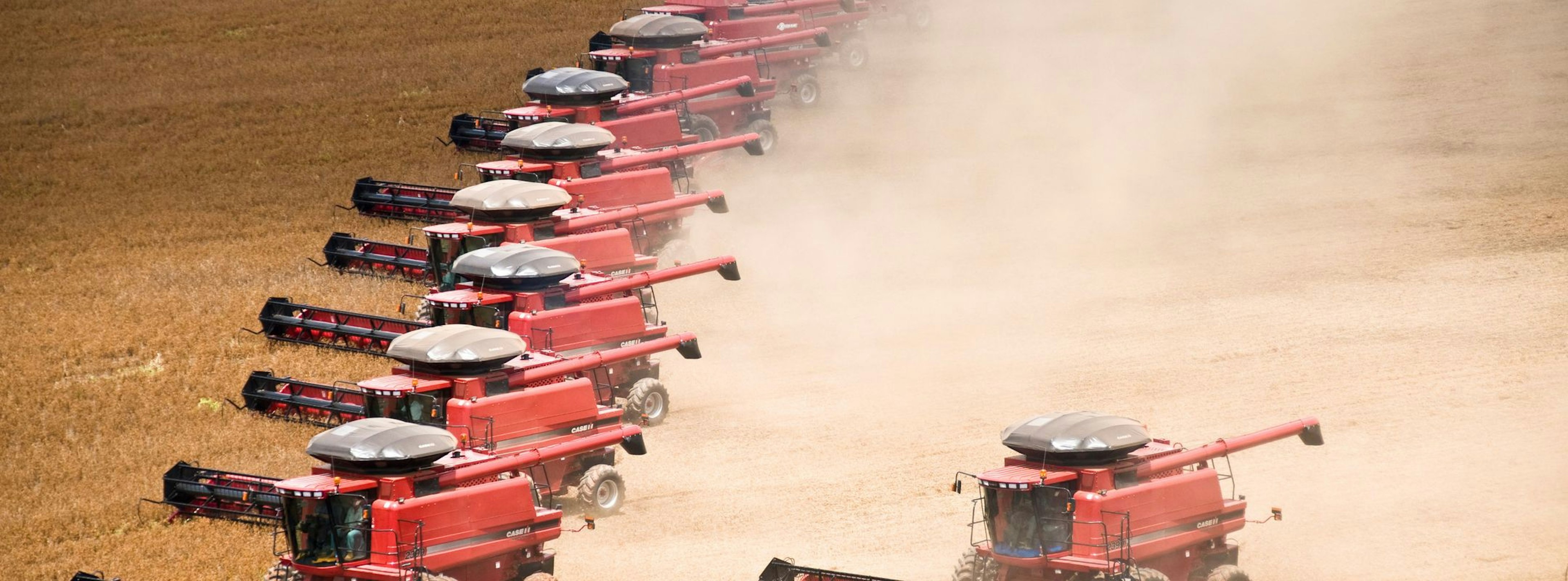Assessing Germany’s soy deforestation risk
13 Jun 2022
12 min read
A new Trase study finds that Germany is exposed to deforestation risk from Brazilian soy embedded in processed products and imported through intermediary countries.

Soy beans being harvested in Mato Grosso, Brazil // paulo fridman / Alamy Stock Photo